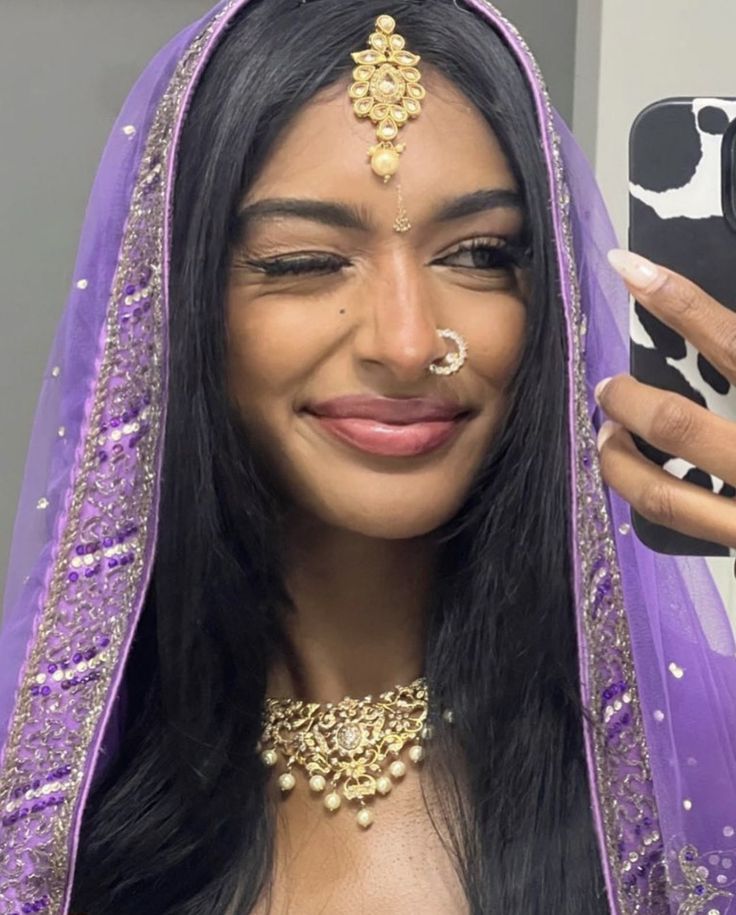Discrimination Against South Asian Women Globally

Alright, ladies, let’s dive into a heart-to-heart about something that hits close to home: discrimination against South Asian women. It’s a heavy topic, but we’re going to unpack it together, like we’re just sitting around with chai and good vibes. Ready? Let’s go.

Understanding the Global Dynamics of Discrimination Against South Asian Women
You know, the world can be unfair. But when you’re a South Asian woman? Oh boy, it’s like life decided to throw in extra challenges for good measure. We’re dealing with a double whammy here: gender bias and racial prejudice.
Think about it—whether it’s in the workplace, at school, or just walking down the street, there’s this unspoken narrative that tries to box us into stereotypes. People see a hijab, a saree, or even just brown skin, and suddenly they think they know everything about us. But why is that? Let’s dig deeper.
Historical Context: Where It All Began

Okay, quick history refresher. South Asian women have been battling societal expectations for centuries. Colonialism didn’t help; it framed us as submissive, exotic, or oppressed, setting up stereotypes that have stuck around like unwanted guests. On top of that, caste systems, patriarchal norms, and religious misinterpretations layered on even more expectations about how women “should” behave.
And then migration came into play. Families moved to Western countries for better opportunities, but surprise, surprise: racism and xenophobia were waiting to greet them. It’s like, “Hey, welcome to your new country, but also, here’s some discrimination to deal with too.”
Portrayal and Representation in Media

Let’s talk about media. How many times have you seen a South Asian woman in Hollywood or Western shows portrayed as anything but a nerdy IT girl, the conservative housewife, or the oversexualized exotic temptress? These lazy stereotypes don’t just hurt our image—they reinforce biases.
And don’t get me started on Bollywood, where fair skin is glorified to the point that every skin-whitening cream ad feels like a slap in the face. Seriously, representation matters, and we deserve to see ourselves in roles that celebrate our complexity and strength.
Socioeconomic Challenges
Now imagine being a South Asian woman navigating a new country as an immigrant. Your degree might not be recognized, your accent might invite mockery, and job opportunities? Scarce. Add to that the pressure of being the “model minority,” and it’s a recipe for burnout.
Education plays a big role here too. In some cases, South Asian girls are discouraged from pursuing higher education because of cultural norms. It’s like the world says, “We’re going to block you at every level,” and then our communities sometimes say, “Just focus on getting married.” Ugh, no thanks.
Legal Frameworks: The Fight for Rights
Here’s a frustrating reality: while there are laws meant to protect us, enforcement is weak. Sure, international frameworks like CEDAW (Convention on the Elimination of All Forms of Discrimination Against Women) exist, but how often do they translate into real change?
And in countries like the U.S., the UK, or Canada, anti-discrimination laws sound good on paper, but bias still shows up in hiring decisions, healthcare, and even daily interactions. We need stronger policies, plain and simple.
Personal Stories: What Women Go Through
Now let’s talk real-life. Imagine a South Asian woman in the workplace—she’s overqualified but constantly overlooked for promotions. Why? Because of her name, her accent, or even the way she dresses. Or take another woman juggling cultural expectations at home while trying to assert her independence. These aren’t just stories—they’re realities.
Religion, caste, and cultural norms make things even harder. A Muslim South Asian woman? She might face Islamophobia and sexism. A Dalit woman? She’s dealing with casteism and patriarchy. It’s like discrimination comes with bonus levels.
Activism and Advocacy
Thankfully, there are incredible women and organizations fighting back. Groups like South Asian Women’s Network or activists like Malala Yousafzai and Rupi Kaur are paving the way. Whether through education, art, or grassroots activism, these women are proof that change is possible.
Resilience and Empowerment
Let’s not forget to celebrate the wins. South Asian women are breaking barriers left and right—CEOs, scientists, artists, politicians—you name it. We’ve come so far, and we’re only just getting started. Let’s hype each other up because every success is a step forward for all of us.
Strategies for Change: What We Can Do
Alright, how do we tackle this? Here are some ideas:
- Education: Awareness programs in schools can teach kids to embrace diversity. Imagine if we’d learned about bias and equality in our classrooms!
- Policy Reform: Governments need to step up with stricter anti-discrimination laws and better implementation.
- Community Engagement: We need to talk about these issues in our homes, communities, and workplaces. Change starts with conversations.
- Tech and Social Media: Platforms like Instagram, TikTok, and Twitter are powerful tools for amplifying our voices. Let’s use them wisely.
At the end of the day, discrimination against South Asian women isn’t just our fight—it’s the world’s responsibility. But until that happens, let’s keep lifting each other up, calling out the BS, and working towards the inclusive society we all deserve.
